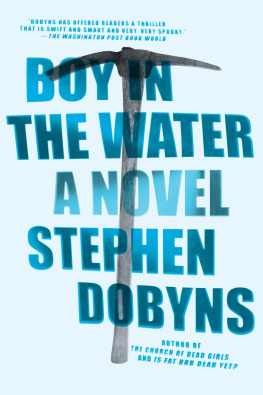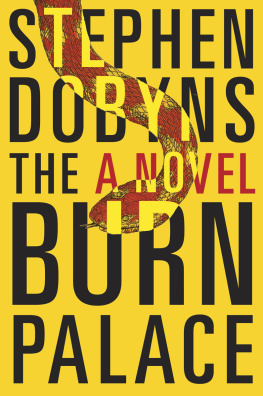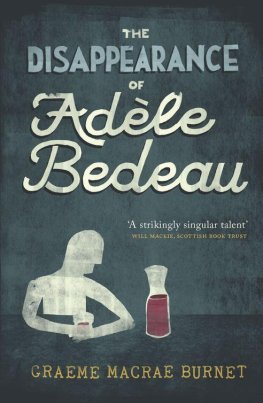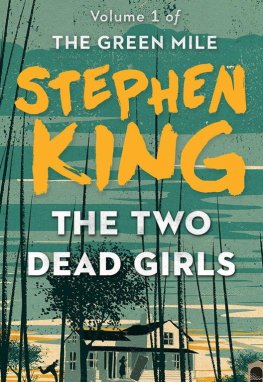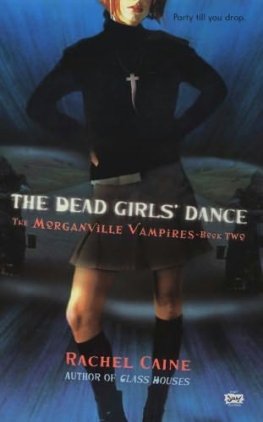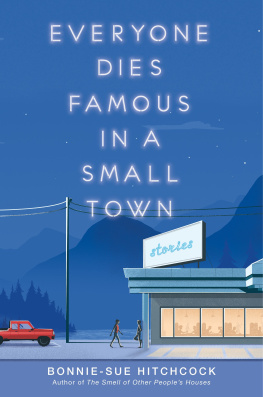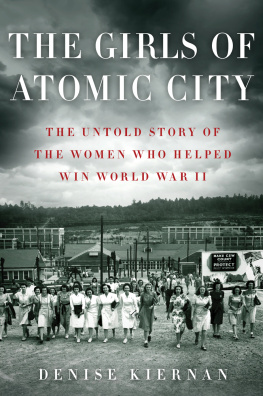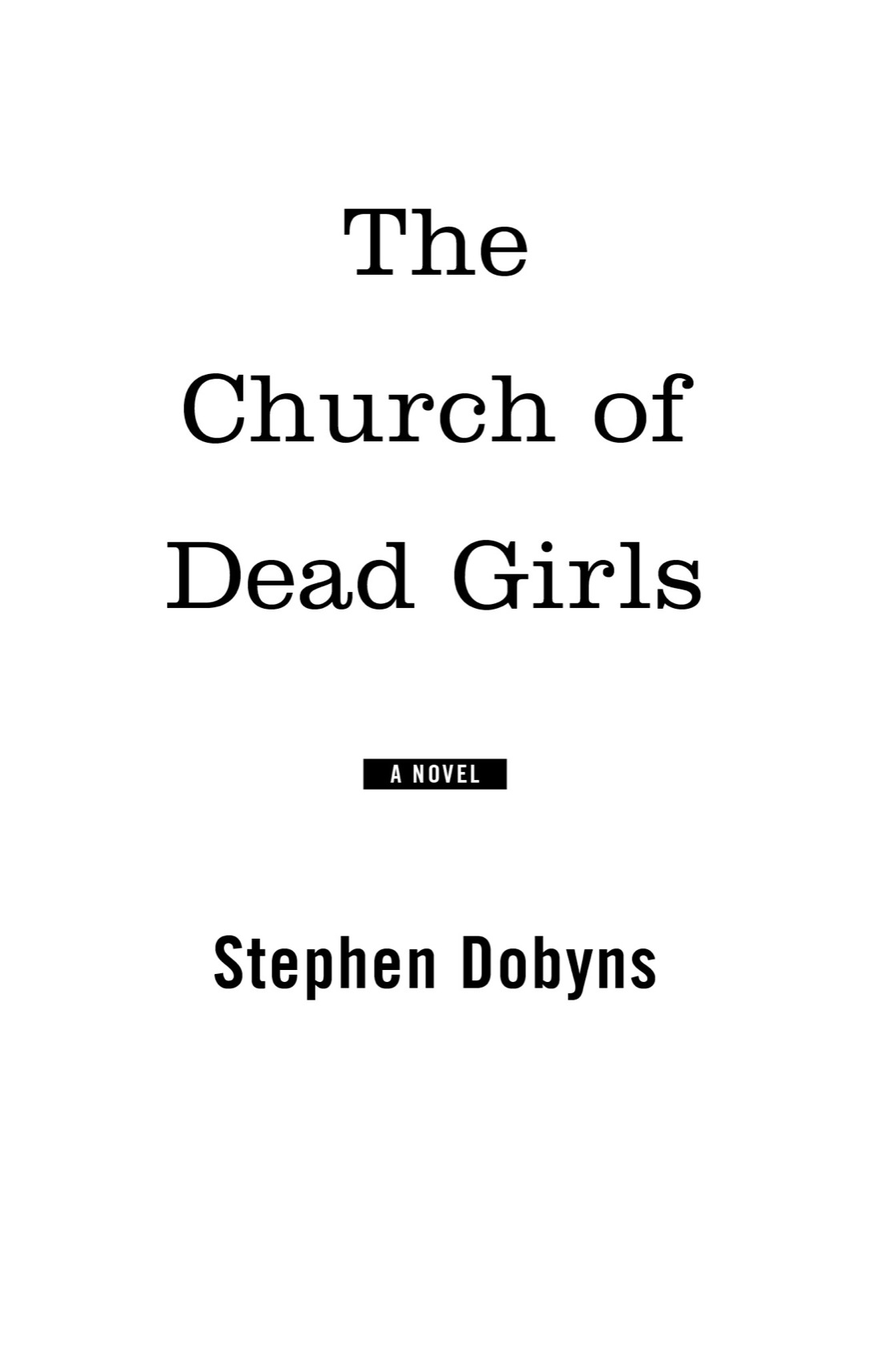Praise for The Church of Dead Girls
If ever there was a tale for a moonless night, a high wind, and a creaking floor, this is it.... I dont expect to read a more frightening novel this year. Very rich, very scary, very satisfying.
Stephen King
A complex parable of social disintegration... Dobynss sad and disquieting novel carries a contemporary moral, true in even the smallest American towns.
The New York Times Book Review
A chilling evocation of small-town life turned upside down. Dobyns delivers the goods.
San Francisco Chronicle
Edgy tension and considerable suspense.... This could be any small town, and that truth is perhaps the most frightening thought of all.
The Washington Post Book World
The creepiness mounts with Hitchcockian intensity; the bloody conclusion is worth the wait.
The Chicago Tribune
Tantalizingly sinister... Dobyns hooks us from the very first sentence.
People
Dobyns delivers all the satisfactions of a good thriller writer... but he also captures something beyond the reach of most genre novelists: a sense of life on the page.... Every summer, readers look for a novel that will keep them turning the pages without insulting their intelligence. Its unlikely there will be a better novel this season than The Church of Dead Girls.
New York Daily News
In its Gothic evocation of small-town life and mob hysteria, it often suggests the influence of Sherwood Anderson and Shirley Jackson, and Dobyns knows his upstate New York setting as well as Frederick Busch and Joyce Carol Oates.
The Atlanta Journal-Constitution
A brisk dip into the ice-cold waters of schizophrenia, nymphomania, and serial murder.... A vivid and deeply scary tale.
Kirkus
Dobyns reveals the dark impulses and tangled relationships that lie underneath.... An unusually thoughtful psychological thriller.
Booklist
Also by Stephen Dobyns
POETRY
Winters Journey
Mystery, So Long
The Porcupines Kisses
Pallbearers Envying the One Who Rides
Common Carnage
Velocities: New and Selected Poems, 19661992
Body Traffic
Cemetery Nights
Black Dog, Red Dog
The Balthus Poems
Heat Death
Griffon
Concurring Beasts
NONFICTION
Next Word, Better Word: The Craft of Writing Poetry
Best Words, Best Order: Essays on Poetry
STORIES
Eating Naked
NOVELS
Is Fat Bob Dead Yet?
The Burn Palace
Boy in the Water
Saratoga Strongbox
Saratoga Fleshpot
Saratoga Backtalk
The Wrestlers Cruel Study
Saratoga Haunting
After Shocks/Near Escapes
Saratoga Hexameter
The House on Alexandrine
Saratoga Bestiary
The Two Deaths of Seora Puccini
A Boat off the Coast
Saratoga Snapper
Cold Dog Soup
Saratoga Headhunter
Dancer with One Leg
Saratoga Swimmer
Saratoga Longshot
A Man of Little Evils

An imprint of Penguin Random House LLC
375 Hudson Street
New York, New York 10014

First trade paperback edition 1998
Copyright 1997 by Stephen Dobyns
Penguin supports copyright. Copyright fuels creativity, encourages diverse voices, promotes free speech, and creates a vibrant culture. Thank you for buying an authorized edition of this book and for complying with copyright laws by not reproducing, scanning, or distributing any part of it in any form without permission. You are supporting writers and allowing Penguin to continue to publish books for every reader.
Blue Rider Press is a registered trademark and its colophon is a trademark of Penguin Random House LLC
Library of Congress Cataloging-in-Publication Data
Dobyns, Stephen, date.
The church of dead girls : a novel / Stephen Dobyns.
p. cm.
ISBN 978-1-101-99181-7
1. Missing personsFiction. 2. New York (State)Fiction. 3. Psychological fiction. I. Title.
PS3554.O2C48 2015 2015017173
813'.54dc23
This is a work of fiction. Names, characters, places, and incidents either are the product of the authors imagination or are used fictitiously, and any resemblance to actual persons, living or dead, businesses, companies, events, or locales is entirely coincidental.
Version_1
For Toby and Catherine Wolff
Prologue
T his is how they looked: three dead girls propped up in three straight chairs. The fourteen-year-old sat in the middle. She was taller than the others by half a head. The two thirteen-year-olds sat on either side of her. Across the chest of each girl was an X of rope leading over her shoulders, down around her waist, and fastened in the back. All three girls were barefoot and their ankles were tied to the legs of their chairs. Even so, the ropes were loose, as if to hold their bodies erect rather than to keep their living selves prisoner: meaning they had been tied after they were dead.
I didnt witness this. I only looked at the photographs my cousin showed me. There were many photographs. And he said the police had a videotape of the entire attic, but I never saw it.
Perhaps the chairs were two feet from one another. Because of the dryness of the attic, the girls looked old. They didnt look like teenagers anymore. They were gaunt and bony and resembled women in their seventies. A large air conditioner and dehumidifier had been kept running all day long, day after day, and the moisture had been sucked from their bodies. They were dried out and their skin looked like dark wrinkled paper. But they were not equally dried out because they had been killed at different times, so the girl killed most recently looked youngest. The girls heads were tilted back or to the side. The one in the middle had blond hair. Long strands hung across her face. The others had brown hair. All three had hair down to the middle of their backs and perhaps this meant something. It gave them a virginal appearance. Although now, looking so old, they appeared nunlike, spinsterish. And by the time the photographs were taken their hair had become dusty. And they were emaciated, at least two of them were, as if they hadnt been fed. But perhaps this was an effect of the dryness. All the vibrancy had been leached from their skin. The hollows of their cheeks were startling indentations. Their gums had receded from their teeth.
What were they wearing? Not their original clothes. Those had been taken from them. They wore handmade gowns cut from thick velvet. The middle girls was dark green, with long sleeves and a hem that nearly reached her ankles. The girl on the right wore a gown of dark red, the one on the left a gown of blue. But to speak of the colors is to say nothing. Sewn to the dresses, pinned to them, even glued to them, were stars and moons and suns cut from white or yellow sparkling cloth. But also animals, or rather their silhouettes: dogs and bears, horses and fish, hawks and doves. And there were numbers that seemed random5s, 7s, 4sthe glittery numbers one buys at the hardware store to stick on mailboxes. There seemed no pattern to them. And pieces of jewelry, cheap costume jewelry, were pinned to the velvet and were draped over the numbers and stars and animals: bracelets and necklaces and earrings. It took a moment to see the actual color of the dresses because they were so covered with numbers and jewelry and patches of fabric.



